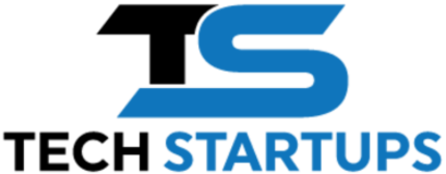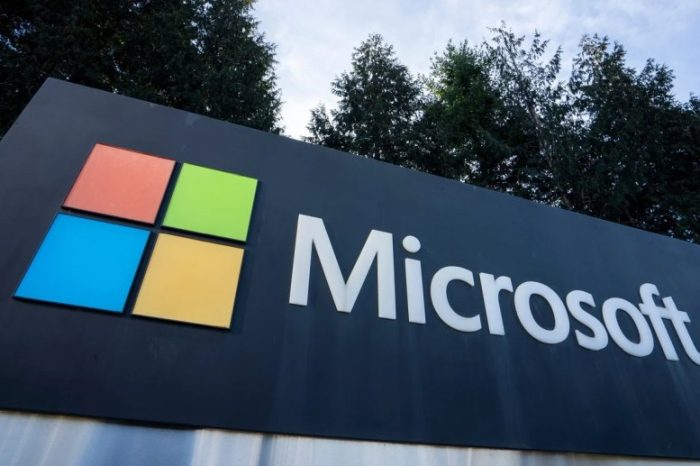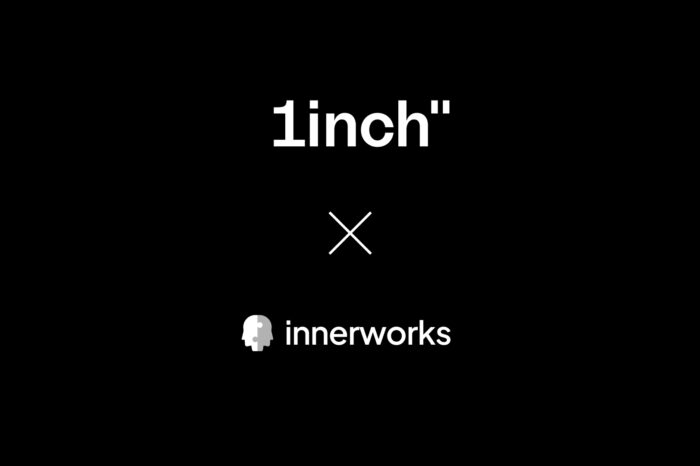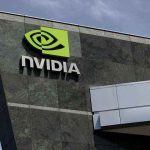Nvidia is reportedly building a $3B robotaxi fleet to challenge Tesla and Waymo
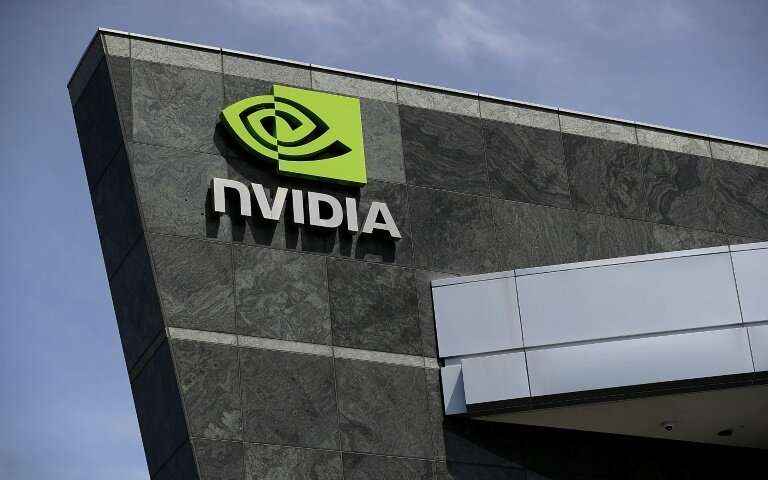
Nvidia is quietly gearing up for a new frontier—autonomous mobility. According to a report from Chinese publication 36Kr, the chipmaker is developing an internal robotaxi project that could put it in direct competition with Tesla and Waymo. The plan, shared in a recent company meeting, will be led by senior director Ruchi Bhargava and marks one of Nvidia’s boldest moves yet beyond its core chip business.
36Kr reported that the project was announced at a recent internal meeting and will be led by senior director Ruchi Bhargava. Nvidia’s approach centers on a “single-stage end-to-end” technology route, where one neural network is trained and reinforced through simulated world models. The method resembles Tesla’s “Full Self-Driving” (FSD) system, which relies on massive data feedback loops instead of segmented perception and planning models.
“36Kr has learned from multiple sources that NVIDIA is incubating a Robotaxi project internally. This decision was announced at a recent All Hands Meeting and will be led by Ruchi Bhargava, a senior director who has been with the company for many years,” 36Kr reported.
Nvidia Enters the Robotaxi Race With $3 Billion AI Project Led by Ruchi Bhargava
Nvidia’s partnerships with General Motors, Mercedes-Benz, and Toyota have already positioned it deep inside the automotive industry’s shift to intelligent vehicles. CEO Jensen Huang has long said that self-driving cars represent one of the most promising commercial uses of robotics. But according to 36Kr, this new robotaxi initiative is a separate internal project, built to strengthen Nvidia’s engineering muscle.
“The company plans to invest USD 3 billion and launch operations in the US,” one person familiar with the project told 36Kr, adding that internal teams are finalizing goals and resource allocations.
A crowded race
The timing makes sense. The U.S. robotaxi market is heating up again after years of false starts. Waymo, owned by Alphabet, has expanded its commercial service to Austin and plans to test in six more cities, including Denver. Tesla, meanwhile, officially launched its robotaxi service in Austin and the Bay Area in September. On launch day, app downloads reportedly outpaced Uber’s by 40% and were six times higher than Waymo’s best historical figures.
Regulators are opening the door wider. The National Highway Traffic Safety Administration (NHTSA) is expected to propose rule changes in 2026 that would remove the requirement for human drivers and manual controls, paving the way for vehicles without steering wheels. The agency also plans to shorten the approval process for autonomous vehicle exemptions from years to months — a major boost for companies building driverless fleets.
Still, the robotaxi industry is far from mature. Waymo operates about 700 vehicles across the U.S., while Tesla’s initial fleet in Austin includes just a few dozen. The market is still in a heavy testing phase, and debates continue over which approach — Tesla’s end-to-end AI or Waymo’s detailed mapping system — will win out.
For Nvidia, the project is more about experience than domination. “You can think of the robotaxi project as Nvidia’s training ground,” one insider told 36Kr. “In embodied intelligence, large models are widely accepted as the core technology. But in practice, deploying and fine-tuning them in autonomous vehicles is still challenging. Nvidia wants to strengthen that engineering capability.”
Catching up through experimentation
Nvidia has been working on autonomous driving software since 2015 but hasn’t yet released a full self-driving system for mass-market use. In 2020, the company teamed up with Mercedes-Benz to build AI-based architecture for the automaker’s next-generation vehicles, including driver assistance and an intelligent cockpit.
Last year, Mercedes executives reportedly tested Nvidia’s and Momenta’s assisted driving software on a thousand-kilometer trip from Los Angeles to San Francisco. After four years of collaboration, Momenta’s software — tuned in just one month — performed better. Mercedes later replaced Nvidia with Momenta for several models in China.
Inside the company, Nvidia engineers have been benchmarking their internal software against Tesla’s FSD. “The company conducted multiple comparison tests this year and was surprised by Tesla’s results,” one insider said. “On routes between 500–600 kilometers, Tesla’s FSD required only one or two driver interventions. Nvidia still has a sizable gap to close.”
Bhargava, who leads the effort, has kept a low profile. Public records show she has co-authored several of Nvidia’s academic papers on autonomous driving systems. Her team is now focused on closing that performance gap by combining Nvidia’s computing hardware with its AI training infrastructure.
Even though Nvidia trails Waymo and Tesla in real-world testing and algorithm refinement, its biggest advantage is clear: unmatched compute power and deep pockets. Its Drive Thor chip — capable of 2,000 trillion operations per second — gives Nvidia a foundation to train and deploy end-to-end driving models at scale. And with quarterly profits north of $26 billion, the company has the financial headroom to experiment where others can’t.
For now, Nvidia’s robotaxi fleet looks less like a commercial rollout and more like an engineering experiment — a way to test its chips, train its world models, and prove that it can compete head-to-head with the companies already ruling the road.
